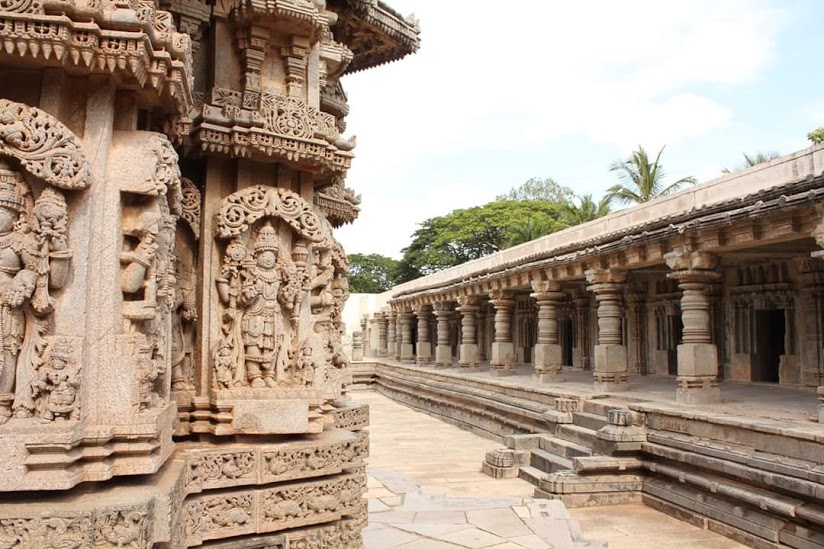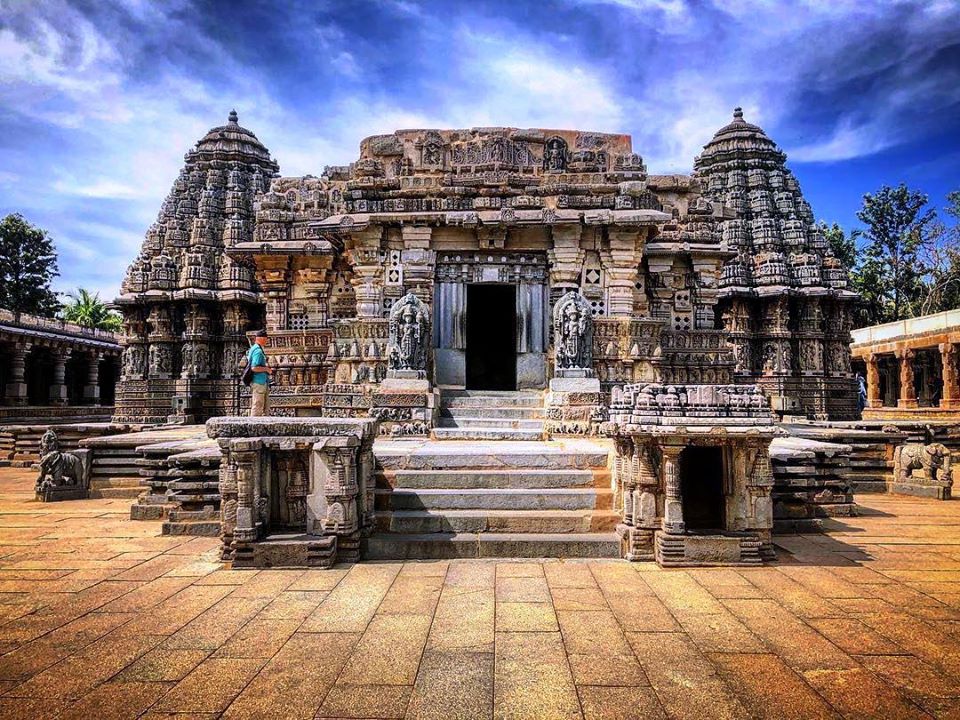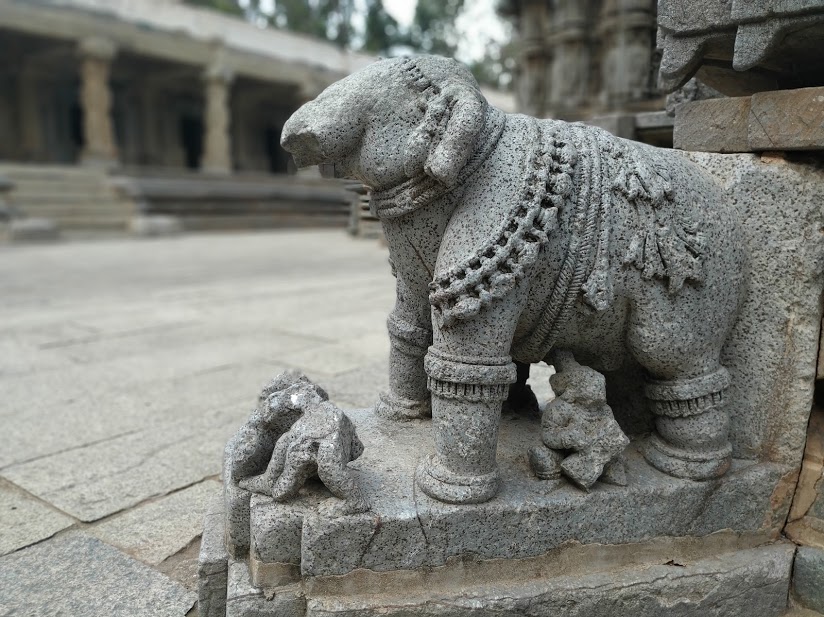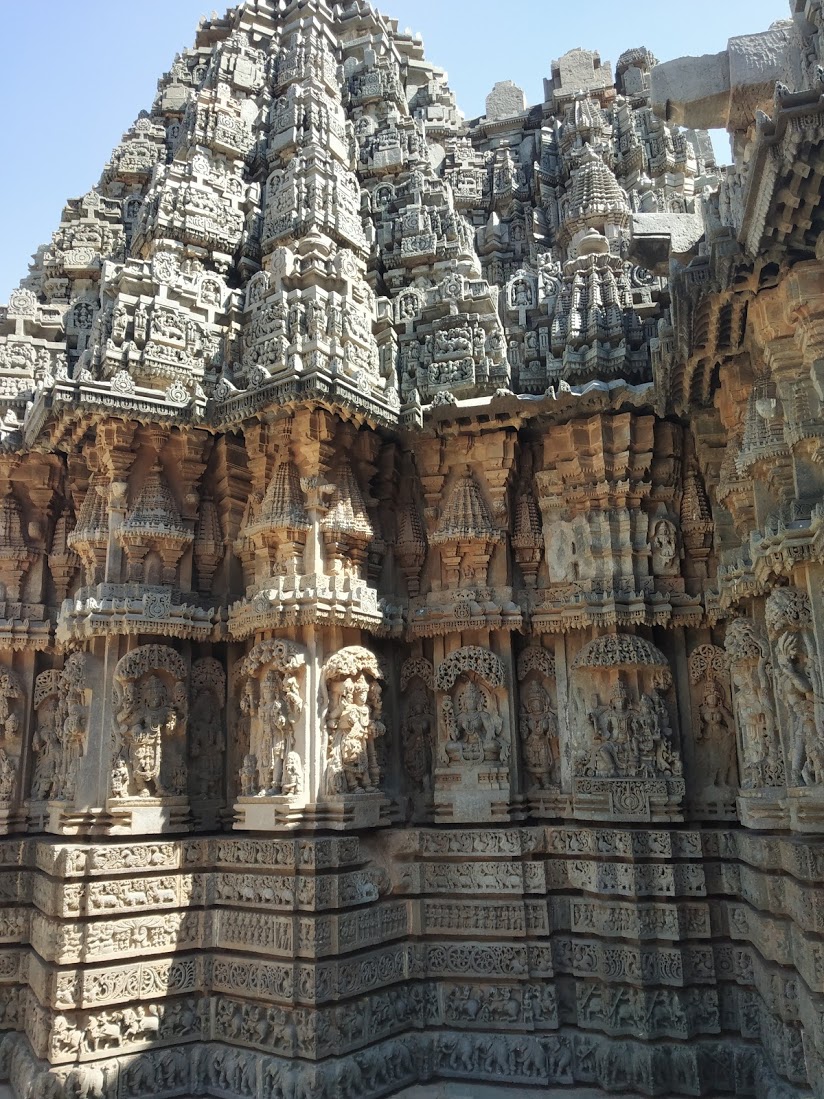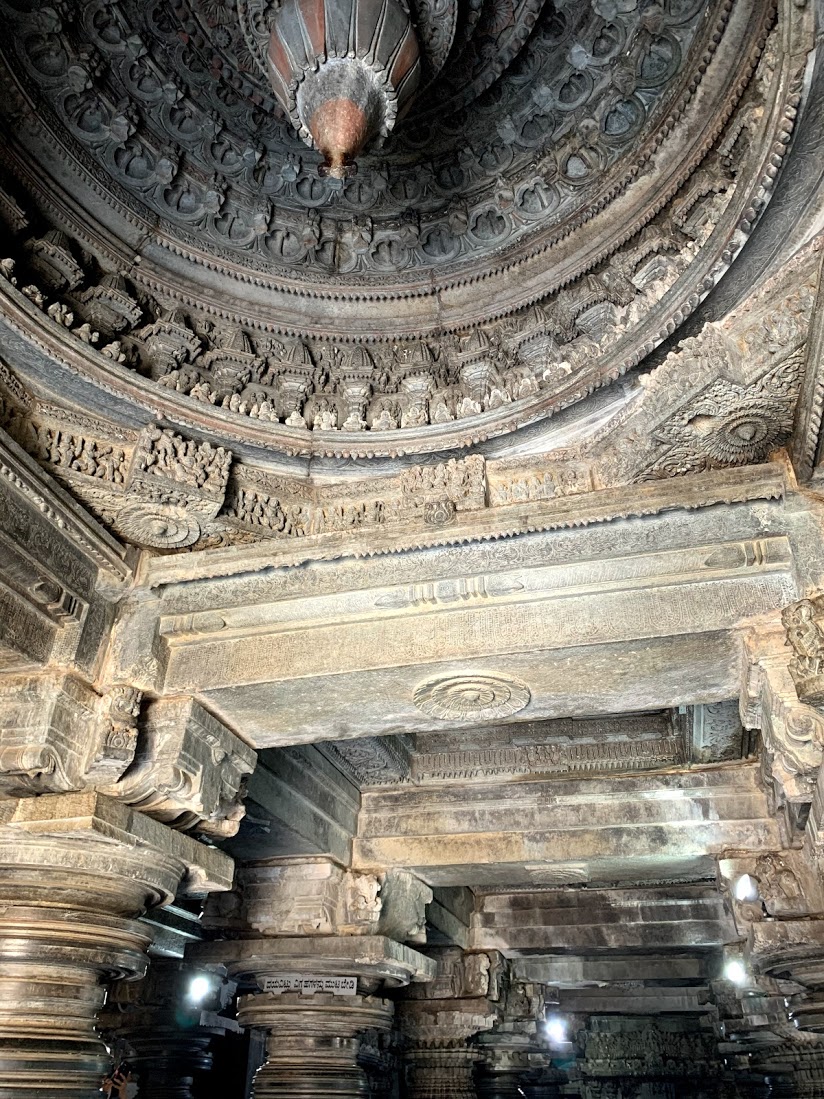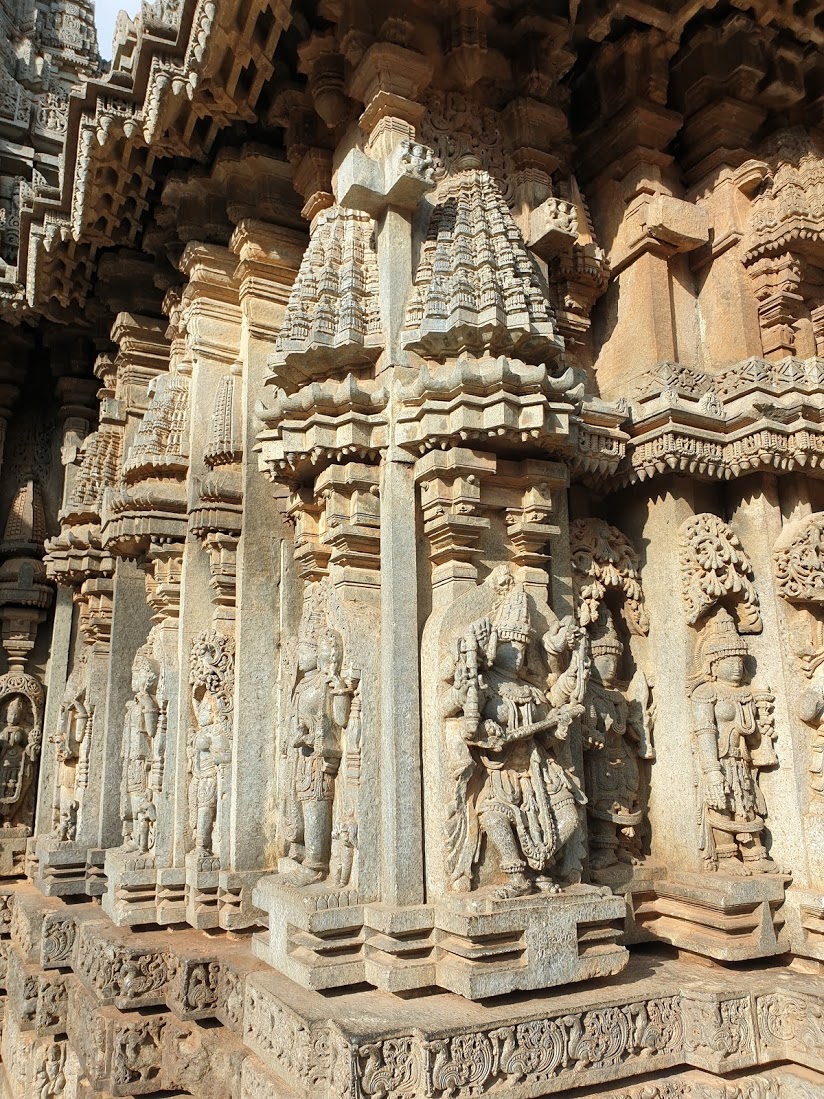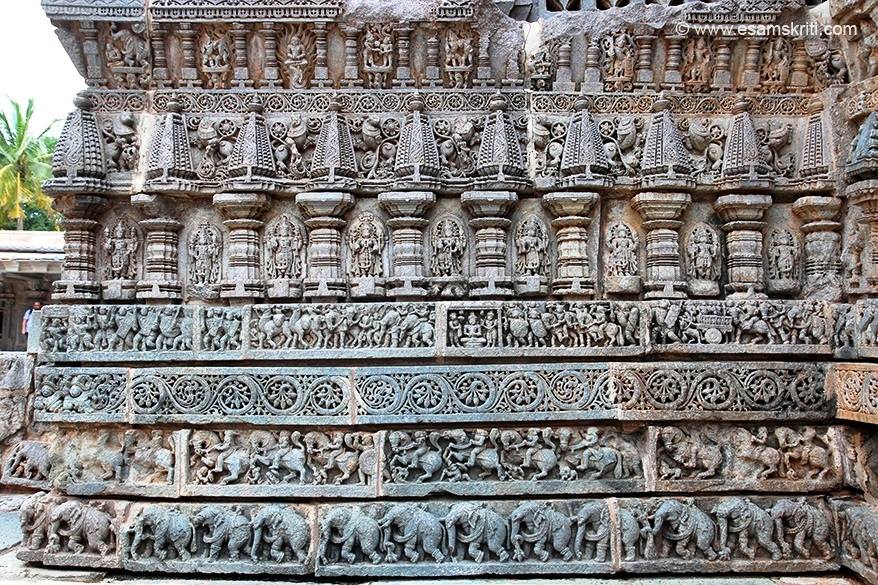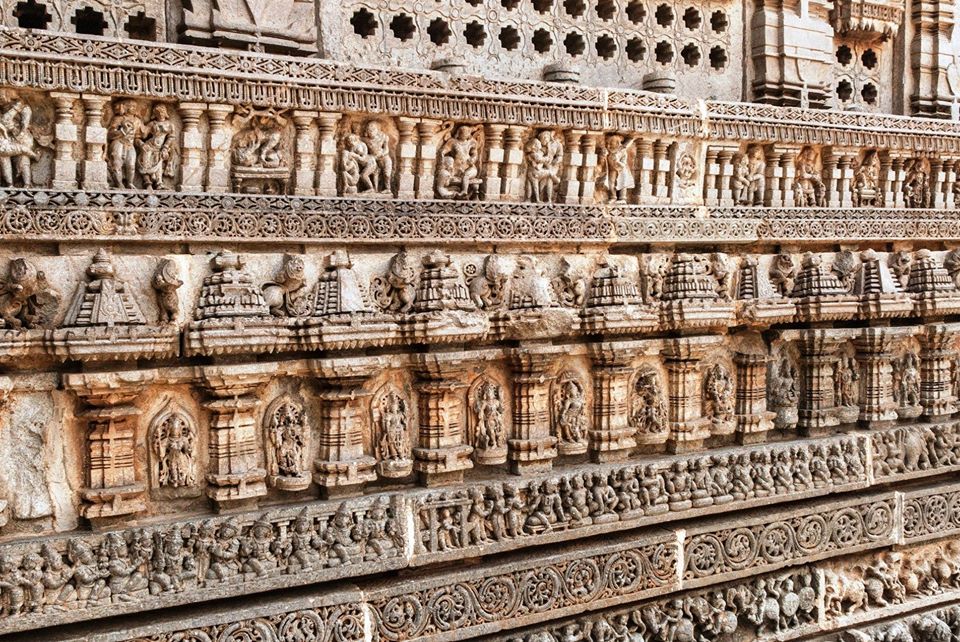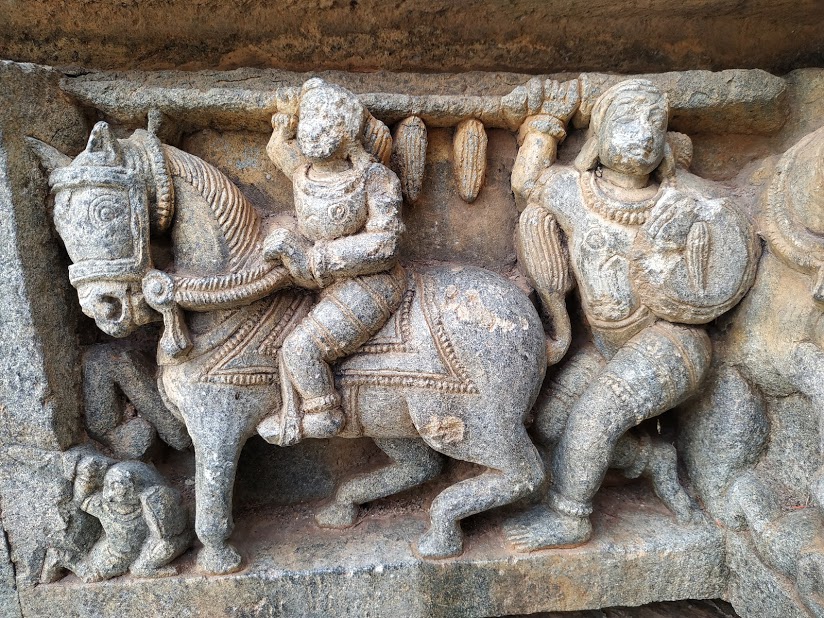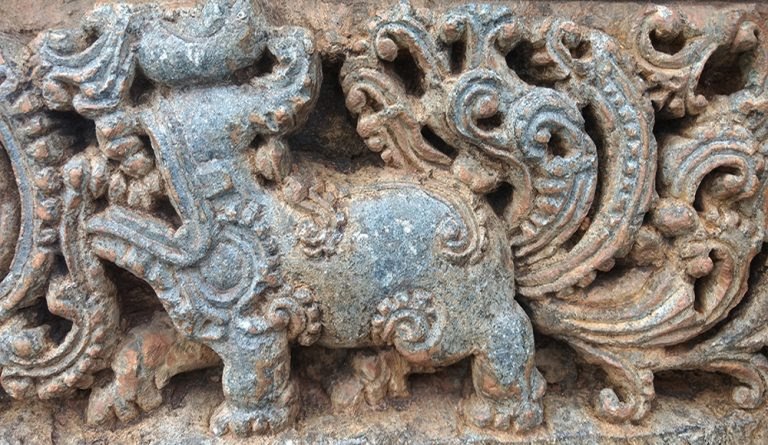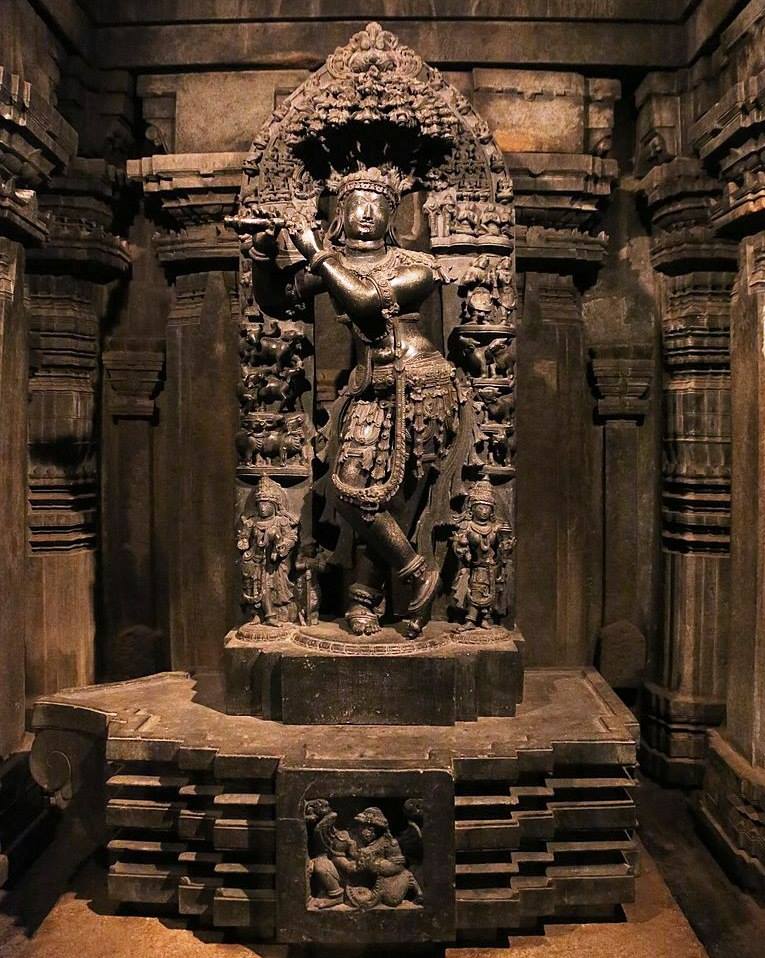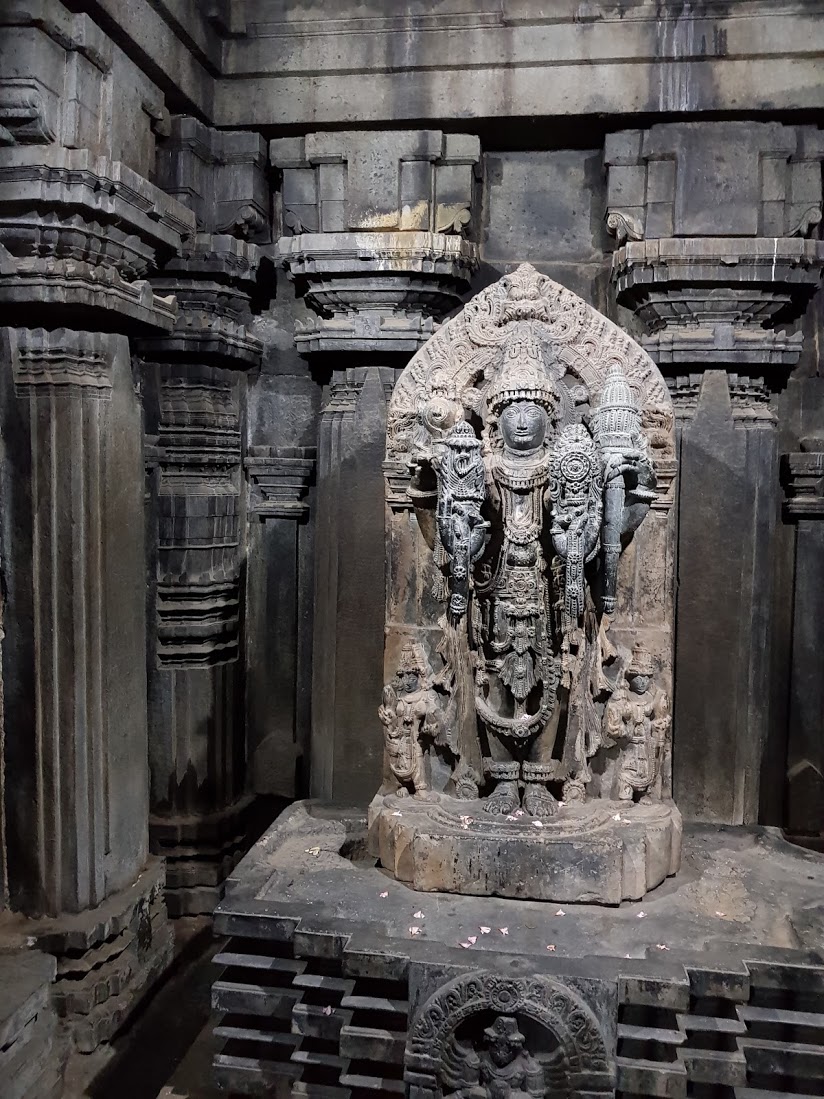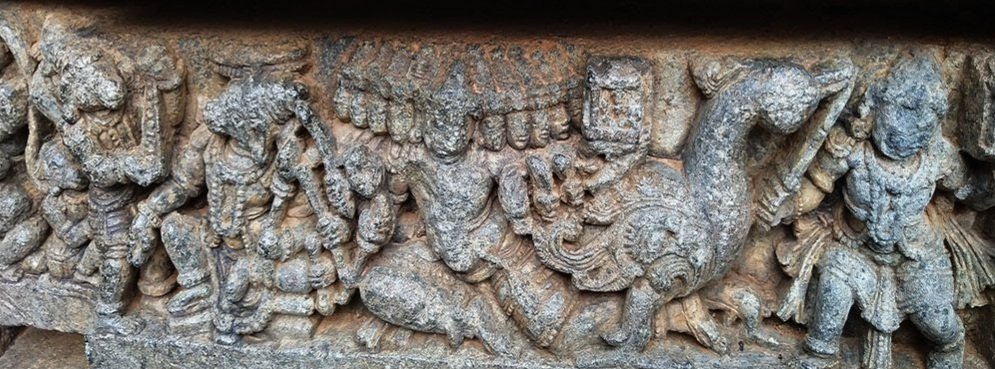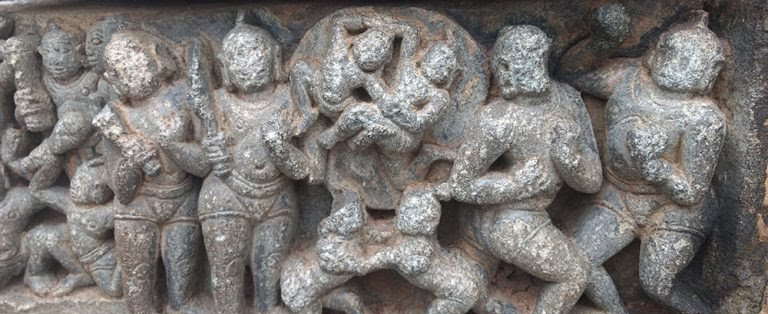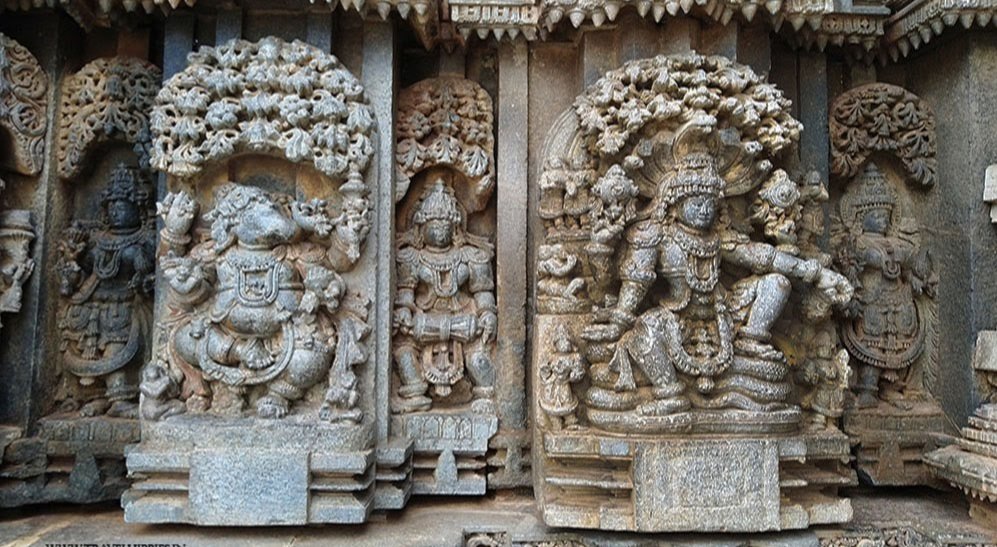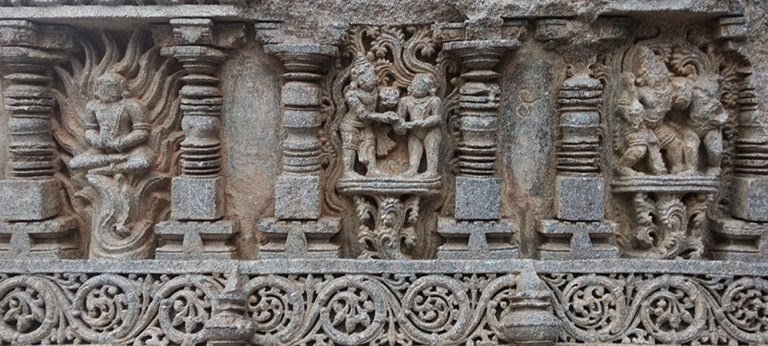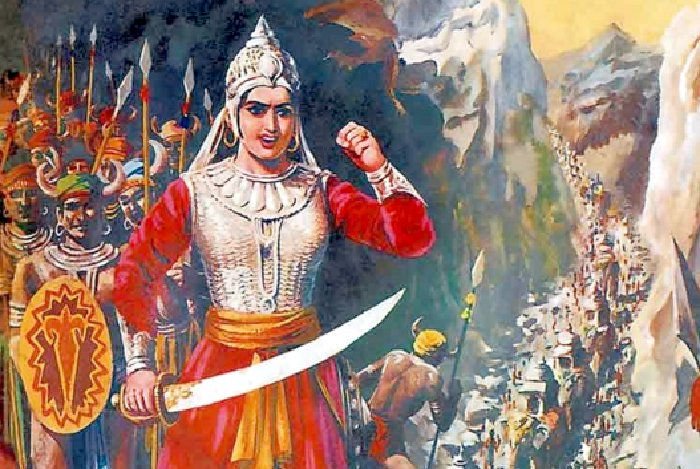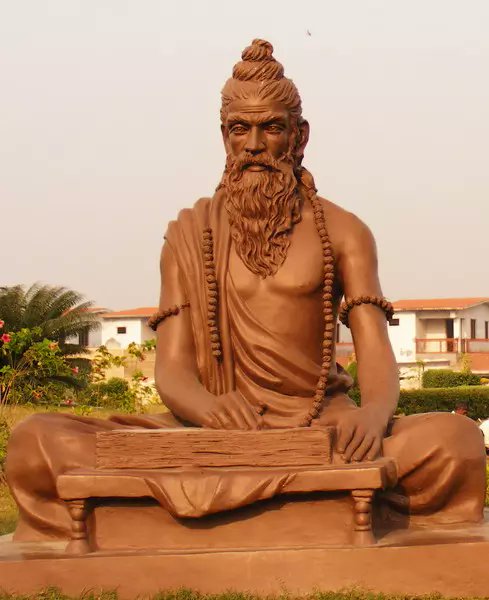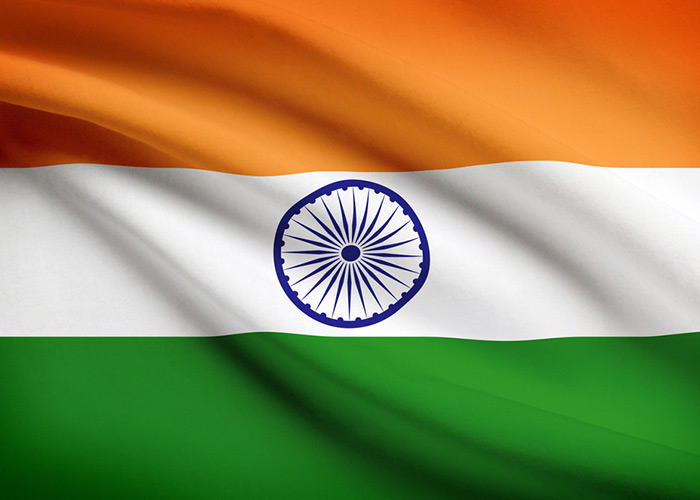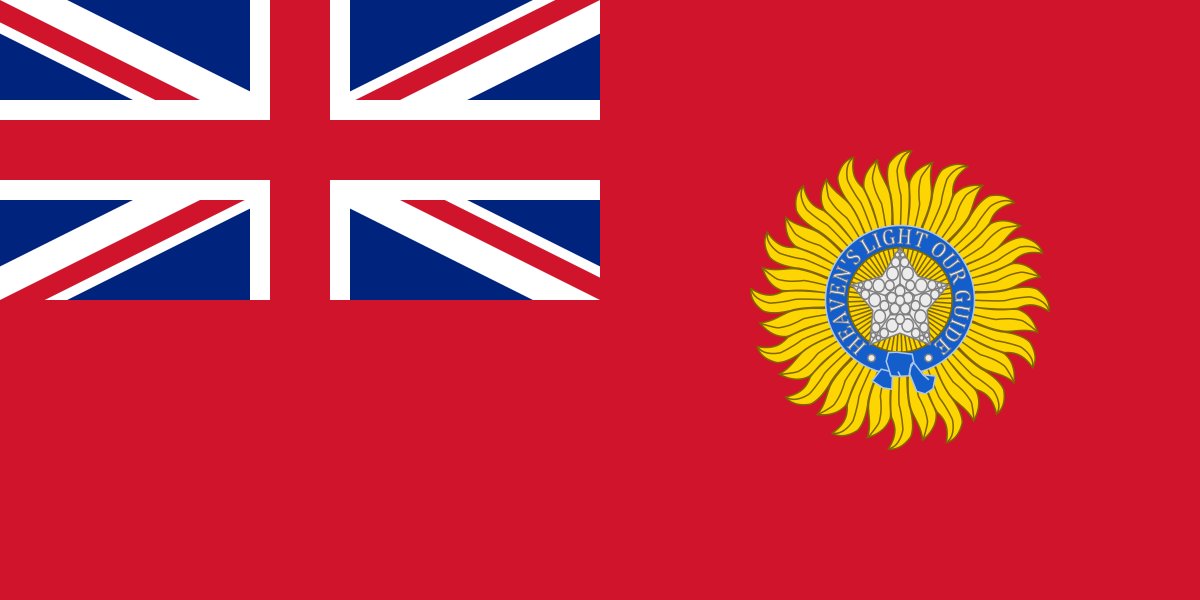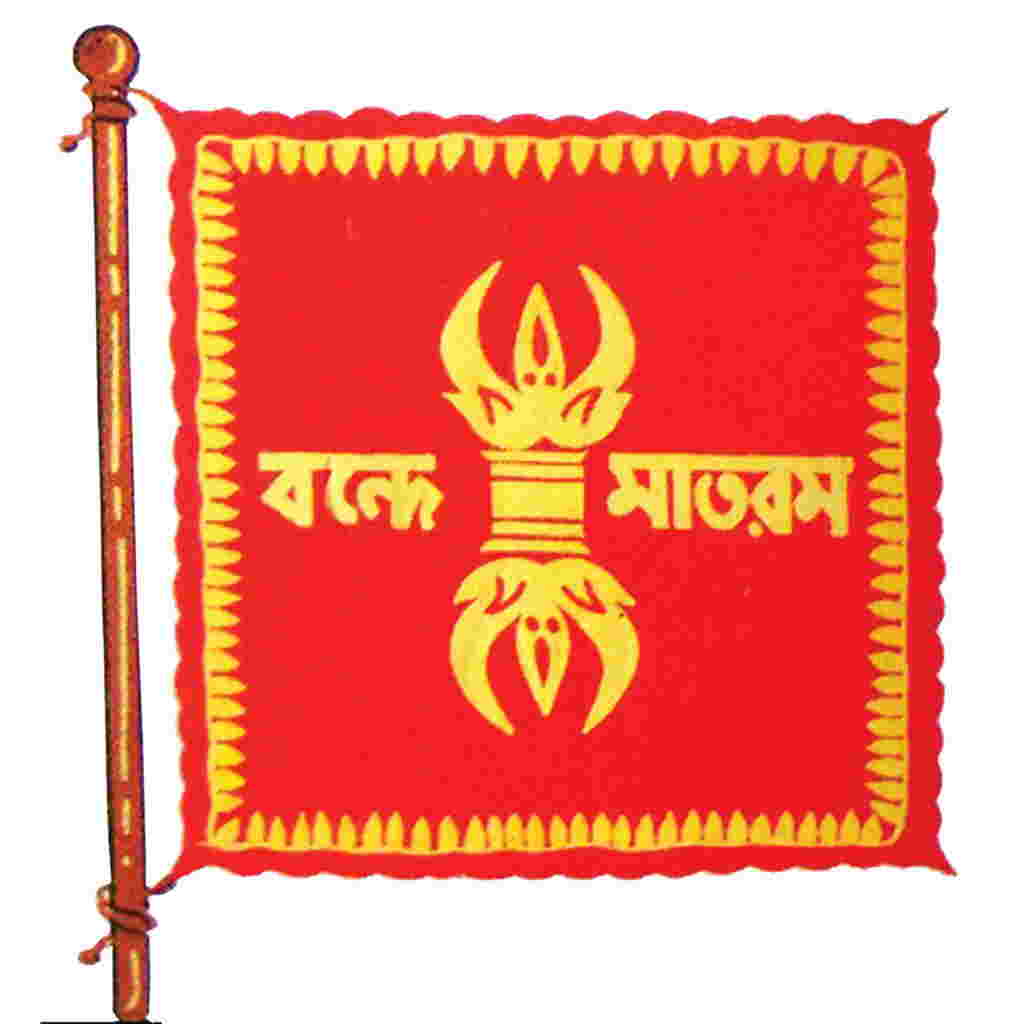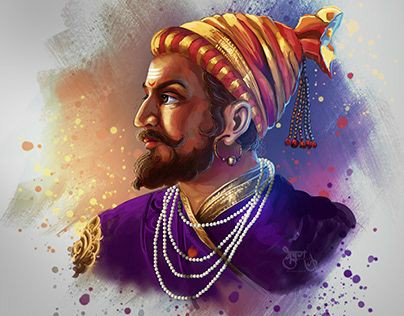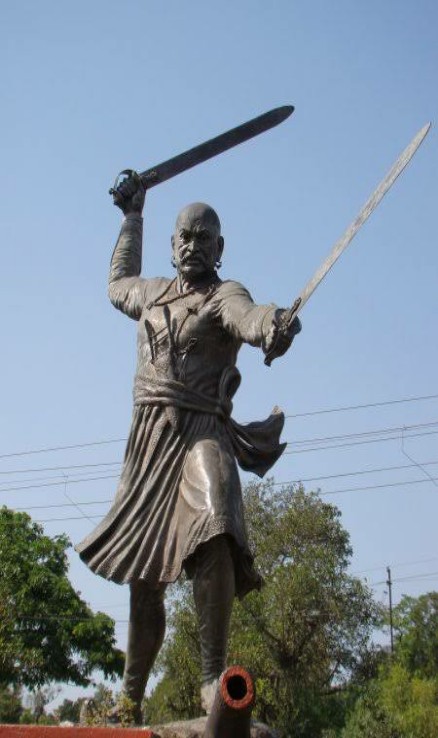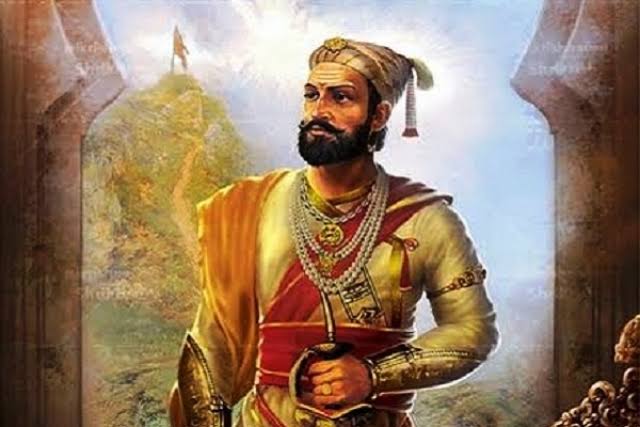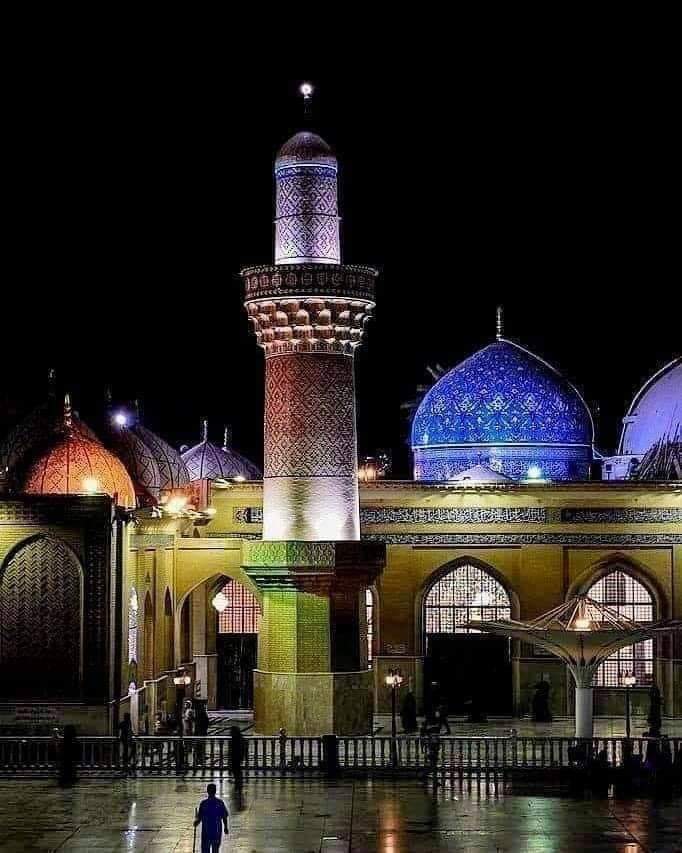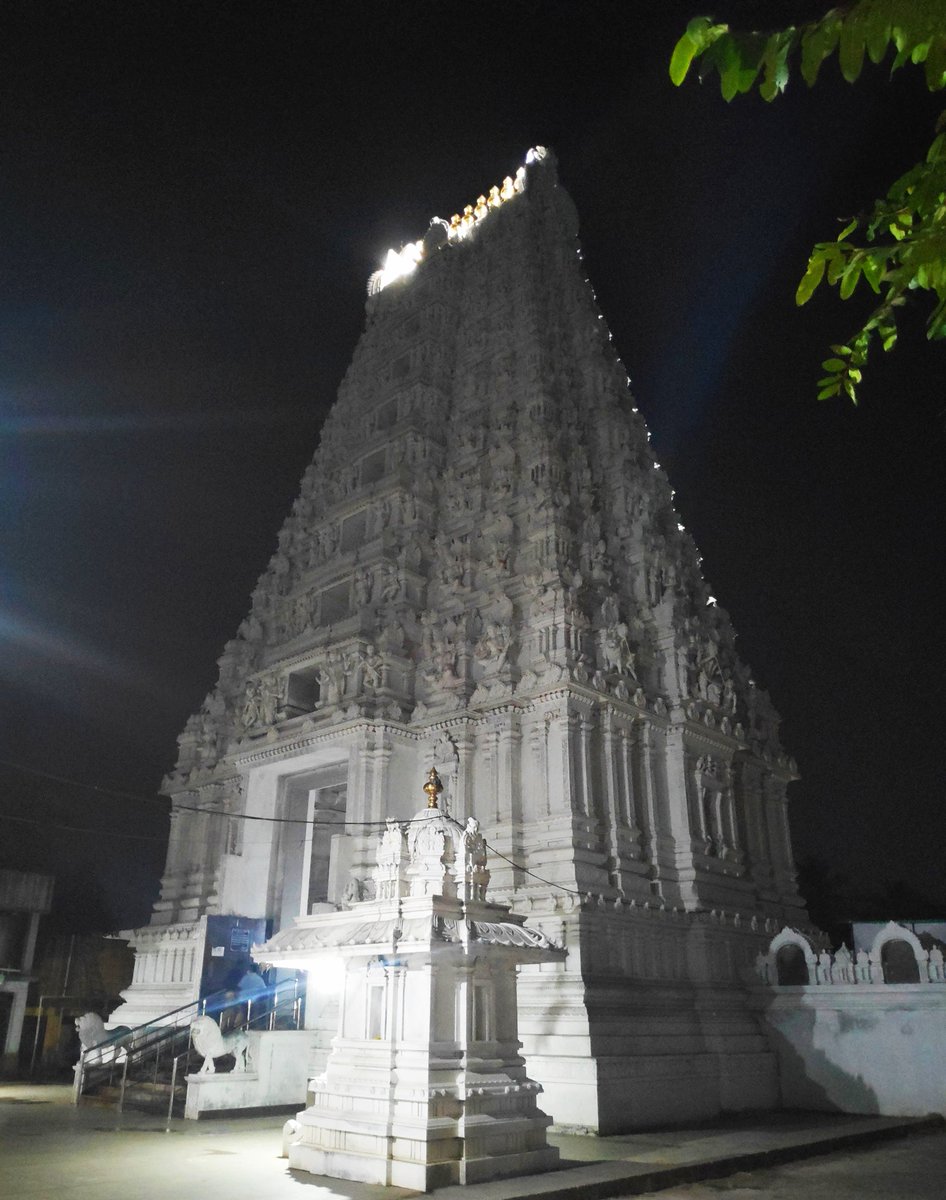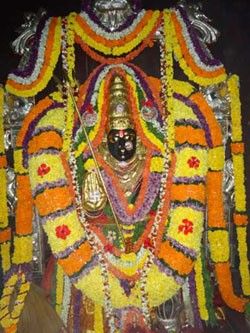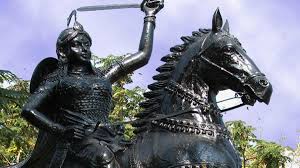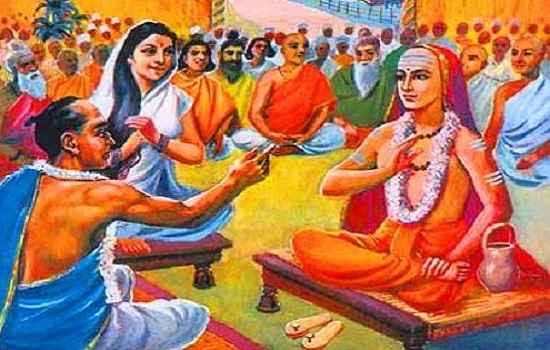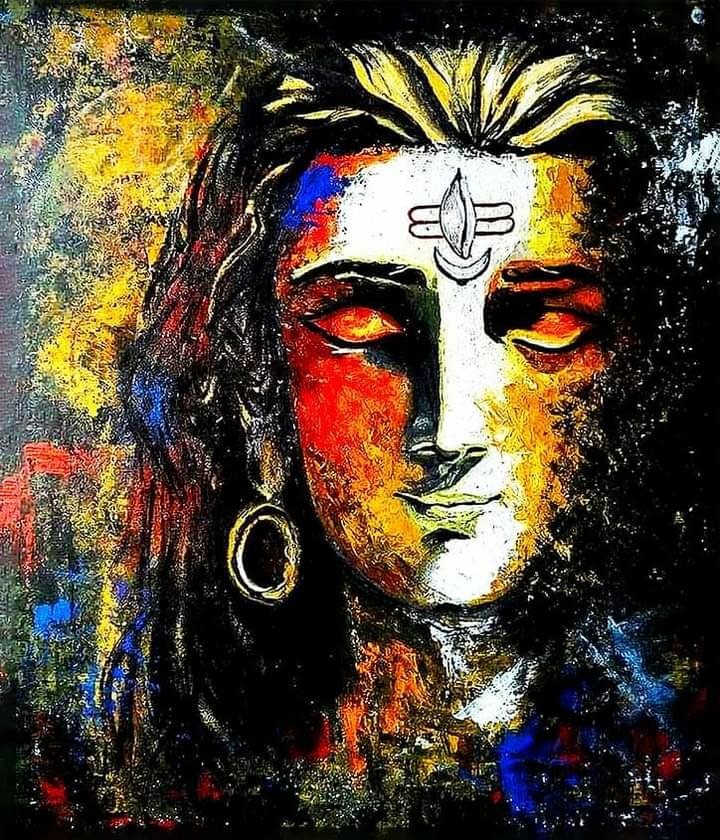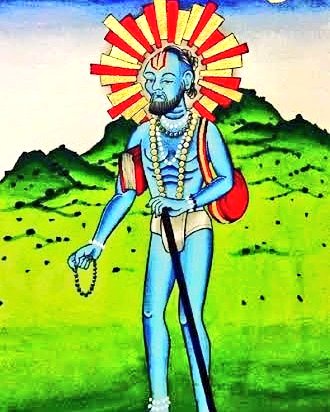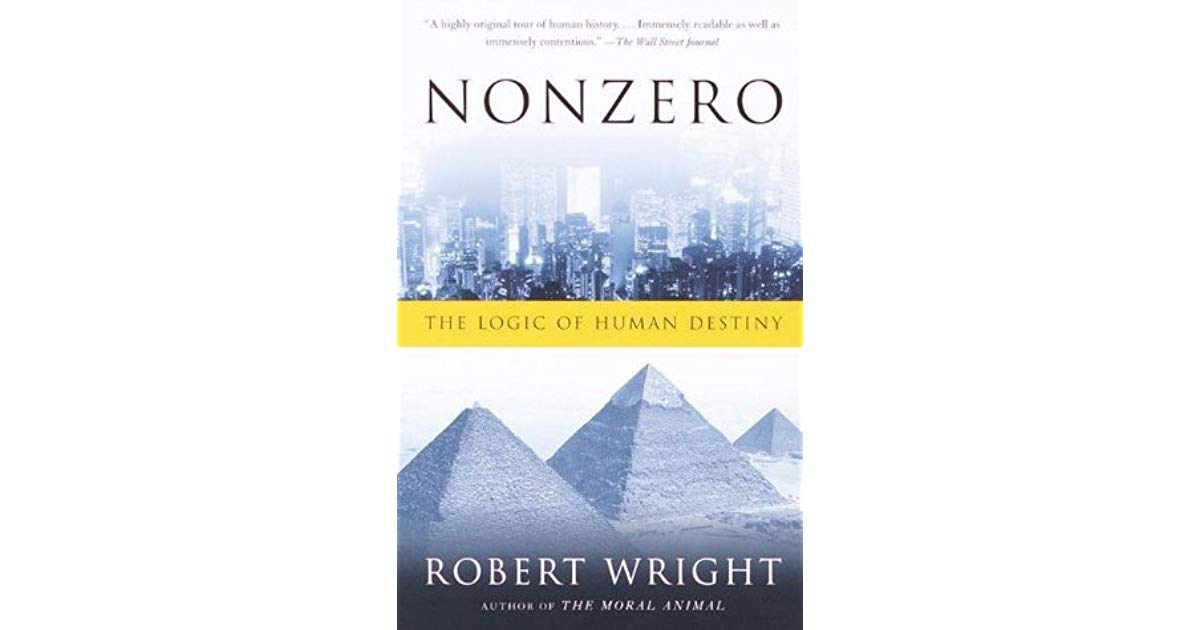Dandanayaka Somanatha established a village named Somanathapura on the banks of river Kaveri. He sought the permission of King Narasimha III, to begin construction of a grand temple dedicated to Lord Vishnu that would also showcase the might of Hoysalas.(1)
The temple rests on a high star shaped platform (jagati) with 3 sanctums (garbha griha) making it a trikuta, set in a square matrix oriented along the east west and north south axes.(2)
The western sanctum is dedicated to Kesava, the northern sanctum to Janardhana and the southern sanctum to Venugopala, all are forms of lord Vishnu.(3)
The sanctums share a common community hall (sabha mandapa) with many pillars. Above each of these sanctums rise the 16 pointed star shaped tower called vimana or shikara.(4)
The raised jagati platform circles around the main temple with a pradakshina patth (circumambulation path), and is supposed to be walked in a clockwise way in order to read the Ramayana, Mahabharata and Bhagavata Purana in the correct sequence.(5)
The entire outer wall of the temple is decorated with carved parallel horizontal bands of artwork. It has 3 major sections, the basement band, the wall band and the top band.(6)
The lowest band in the basement section is about 6 inches tall and shows a row of elephants mostly marching to the left in the clockwise direction. The band above the elephants is of horses with armed riders, depicting a military march.(7)
In some spots, camels substitute for horses suggesting that the Hoysala had adopted camels into their army.(8)
The band above the horsemen shows flowers, fruits, some peacocks and wildlife. The band above it is the religious one depicting spiritual stories from the Ramayana, Mahabharata and Bhagavata Purana. The same spiritual theme continues inside temple interiors as well.(9)
All 3 shikharas are of same height. Their plan uses lotus with an oblong projection, four sets of ornamental turrets, and capped by a stone kalash. The carvings on the tower include dancers, gandharvas, yakshas, kirtimukhas, lion faces and mythical animals such as makaras.(10)
The top of each tower is shaped as an inverted blooming lotus flower. The original tower tops each had a large stone kalasha.(11)
Somanathapur temple was damaged during !slamc attacks on the Hoysalas. The first one was by Malik Kafur, Alauddin Khilji’s general in 1311 and in 1326 by Md Bin Tughlaq. Some parts of the temples were restored by Vijayanagara Kings and later by Wodeyars of Mysore.(12)
SOUTH SHRINE
The idol of Krishna in Venugopala form in the sanctum is 4.5 feet high. He dons ear rings, necklaces, armlets, bracelets, finger rings, toe rings, anklets, girdle and jewelled diadem.(13)
NORTH SHRINE
The garbha griha has a 6 ft high statue, wherein the Garuda pedestal is 1.5 feet, and the image of Janardhana is 4.5 feet high. He adorns jewelry, and on the fringe of his sculpture's torana are carved the 10 avatars of Vishnu.(14)
WEST SHRINE
The garbha griha has a Garuda pedestal that is 1.5 feet high but the installed idol isn't deemed to be an original one. Just taken from somewhere in the temple and placed in the sanctum. The original statue was lost during time. (15)
Ravana abducting maata sita and Jatayu trying to save her eventually meeting his end.
Lord Krishna as a shepherd
Krishna and Balrama taking on the demons sent by his uncle Kansa
Lord Krishna stealing butter while Yashoda maa churning it.
Rama left, parshurama right!
From left:
Dancing goddess lakshmi
Dhanvantri
Saraswati playing veena in both depictions
From left
Narsimha bhagwaan
Vishnu and lakshmi seated on a garuda
Lakshmi with lotus
Left
Lord krishna playing a flute
Right
Lord vishnu with mace and sudarshana
Left
Dancing ganesha
Right
Vishnu resting on sheshanaga
From left
Dancing goddess durga
Mahishasurmardini
Another form of dancing goddess
Bhakt prahlaad chanting vishnu mantras while hiranyakashyap subjects him to various forms of torture.
Left holika dehen
From left
Matsya avatar (fish)
Varaha avatar (boar)
Kurm avatar (turtle)
From left
Meditating lord vishnu (yoga narayana)
Lakshmi holding lotus
Chaturmukhi brahma
